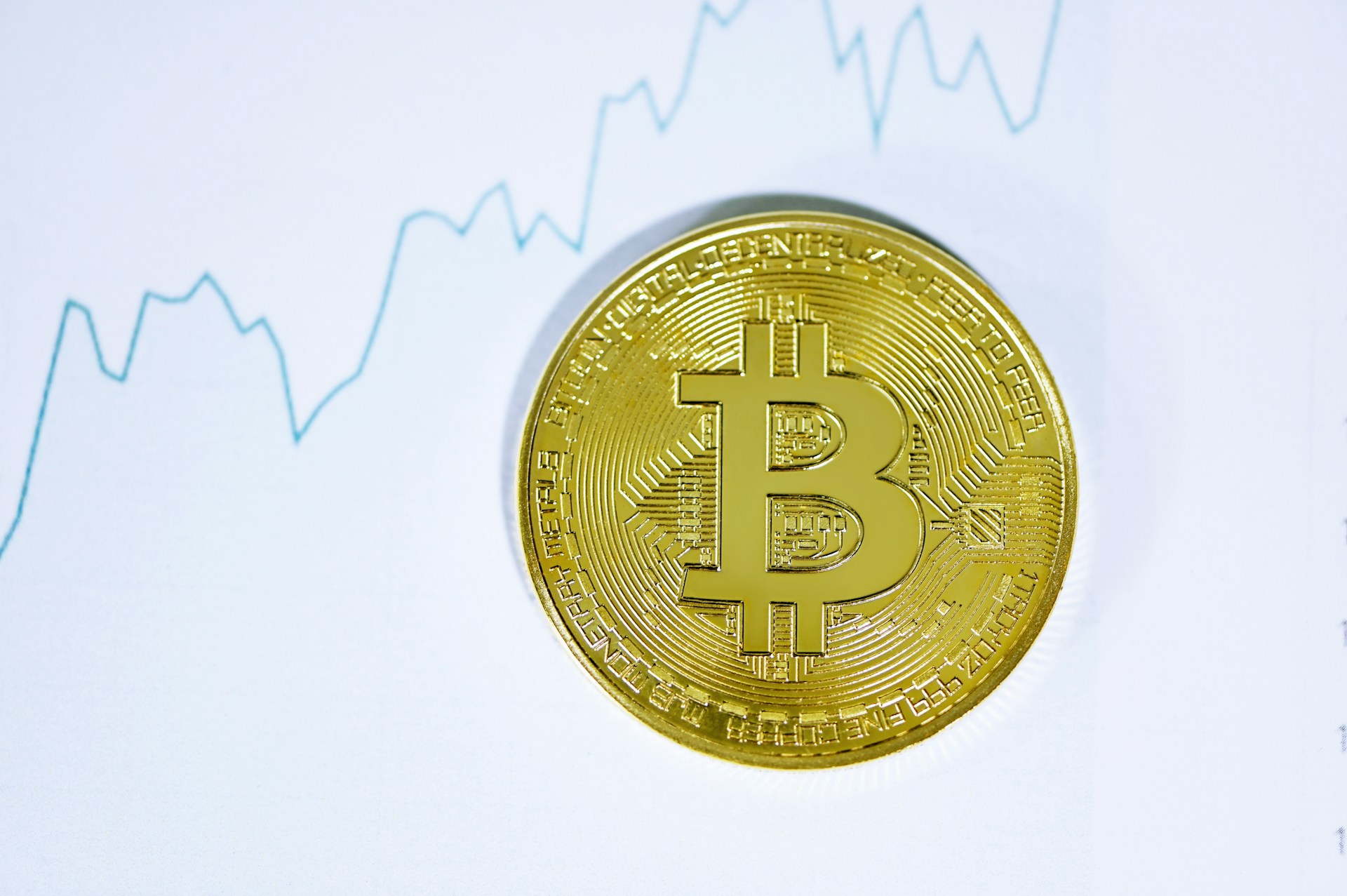ARTICLE AD
USD-pegged USDT is leading the bullish sentiment with an individual market capitalization of $114.26 billion.
The stablecoin market has seen a resurgence after several months of staying stagnant. The sudden growth reflects renewed capital influx into the cryptocurrency industry. According to on-chain data from DefiLlama and trading firm Wintermute, stablecoin market capitalization jumped to $164.359 billion, marking the first time since the unfortunate collapse of Terra in 2022.
Stablecoin Ecosystem Sees Resurgence
Stablecoins are cryptocurrencies the value of which is pegged to a fiat currency, usually the United States Dollar or Euro. Due to their fixed value to an external reference, they conveniently help investors mitigate market volatility. Oftentimes, this type of digital asset is used to fund crypto purchases and derivatives trading. Also, they have been used in yield-generation strategies like lending through Decentralized Finance (DeFi).
Stablecoins can also find use in real-world payments and cross-border remittances. For the longest time, the stablecoin ecosystem refused to cross the $160 billion mark. This latest news highlights increased demand and growing confidence in the asset class.
“The increase in stablecoin supply indicates that money is being deposited into on-chain ecosystems to generate economic activity, either through direct on-chain purchases that can catalyze price appreciation or yield-generation strategies that could improve [market] liquidity. This activity ultimately fosters positive on-chain growth,” Wintermute said.
USD-pegged Tether (USDT) is leading the bullish sentiment with an individual market capitalization of $114.26 billion. This demonstrates the increased utilization of USDT across several businesses. At the beginning of this month, Tether rolled out a new payment option that allows people in the Philippines to make contributions to the country’s Social Security System (SSS) using USDT.
Regulations Crunch Stablecoin Market
The existence of several regulatory frameworks for the stablecoin ecosystem may have contributed to the shortfall in the sector. Last week, the Bank for International Settlements (BIS) introduced new regulations that could significantly impact stablecoins like USDT and Circle’s USDC. Under this rule, banks are expected to provide detailed disclosures about their crypto activities and meet stringent liquidity standards.
Similarly, the European Union has pushed efforts into implementing the Markets in Crypto Asset (MiCA) rule. MiCA suggests that for a regulated stablecoin operator to function in the EU, they must have an Electronic Money Institution (EMI) license.
Tether has unveiled concerns about the potential impact of the regulation on stablecoins. Tether CEO Paolo Ardoino mentioned that the requirements could render the job of a stablecoin issuer extremely complex. He added that it could also make EU-licensed stablecoins extremely vulnerable and riskier to operate.
“As with any regulatory framework of this scale, further discussions on the technical implementation standards are crucial to providing clarity to the market over certain provisions,” Ardoino opined.
Other concerns had to do with speculations that MiCA’s entry into the industry could propel EUR stablecoin to challenge the dominance of USD variants.

 4 months ago
23
4 months ago
23 

